Choosing the right machine learning model
The process of choosing the right machine learning model to solve a problem can be time-consuming if not approached strategically.

Machine learning is the study of computer algorithms that improve automatically through experience.
Artificial intelligence, is intelligence demonstrated by machines, unlike the natural intelligence displayed by humans.
Block Chain is Bitcoin block explorer service which provide Bitcoin data charts, stats, and market information.
Business intelligence comprises the technologies used by enterprises for the data analysis of business information.
The Internet of things describes the network of physical objects—“things”—that are embedded with sensors, software.
E-commerce is the activity of electronically buying or selling of products on online services or over the Internet.
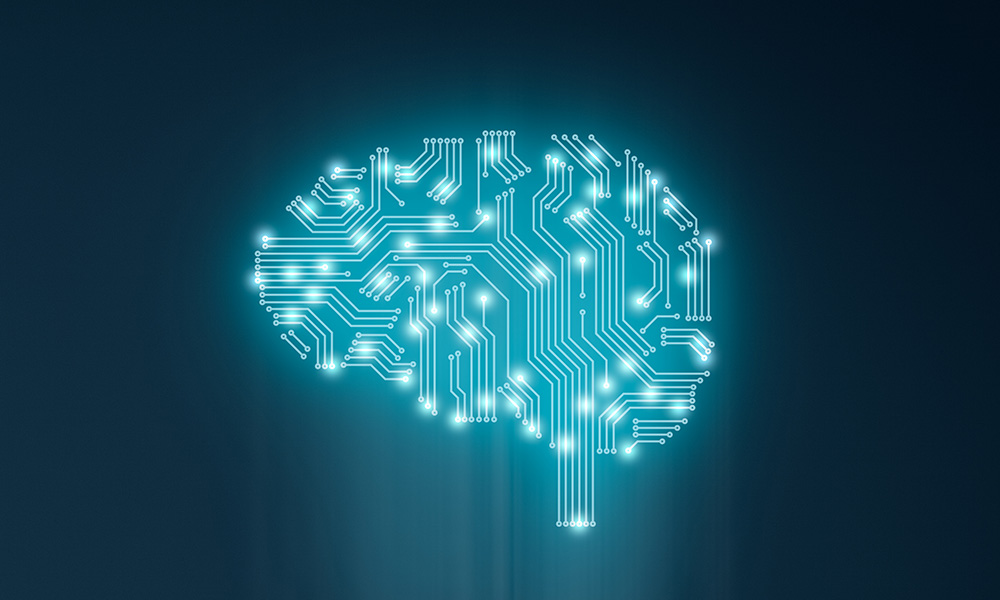
Machine learning (ML) is a type of artificial intelligence (AI) that allows software applications to become more accurate at predicting outcomes without being explicitly programmed to do so. Machine learning algorithms use historical data as input to predict new output values.
Recommendation engines are a common use case for machine learning. Other popular uses include fraud detection, spam filtering, malware threat detection, business process automation (BPA) and predictive maintenance.
The process of choosing the right machine learning model to solve a problem can be time-consuming if not approached strategically.
Align the problem with potential data inputs that should be considered for the solution.
Collect data, format it and label the data if necessary with help from data wranglers.
Chose which algorithm(s) to use and test to see how well they perform.
Continue to fine-tune outputs until they reach an acceptable level of accuracy..
Classical machine learning is often categorized by how an algorithm learns to become more accurate in its predictions. There are four basic approaches:
What Is Artificial Intelligence?
Artificial Intelligence (AI) is the combined attribute of science and computer that makes the system or program or any machines perform the Intelligent and Imaginative functions of a human, independently and solution to problems, be able to make decisions.
The main aim of Artificial Intelligence systems is to have the ability to discover, which makes people increase their performance and productivity over time.


Is Artificial Intelligence Necessary ?
Artificial intelligence is very useful in all industries as more research is being done to advance it. An important part of it is that artificial intelligence and related technologies such as drones, robots, and autonomous vehicles can create around tens of millions of jobs over the next decade.
Our financial institutions, legal institutions, media companies and insurance companies are all figuring out ways to use artificial intelligence to their advantage.
Machine learning, or ML, is an application of AI that provides computer systems with the ability to automatically learn and improve from experience without being explicitly programmed.
Deep learning is a subset of machine learning that employs artificial neural networks that learn by processing data. Artificial neural networks mimic the biological neural networks in the human brain.
Neural networks enable deep learning. This process analyzes data many times to find associations and give meaning to previously undefined data.
Cognitive computing is another essential component of AI. Its purpose is to imitate and improve interaction between humans and machines. Cognitive computing seeks to recreate the human thought process in a computer model.
Natural Language Processing or NLP, allows computers to interpret, recognize, and produce human language and speech. Real-world examples of NLP include Skype Translator, which interprets the speech of multiple languages in real-time to facilitate communication.
Computer vision is a technique that implements deep learning and pattern identification to interpret the content of an image; including the graphs, tables, and pictures within PDF documents, as well as, other text and video.

Blockchain is a shared, immutable ledger that facilitates the process of recording transactions and tracking assets in a business network. An asset can be tangible (a house, car, cash, land) or intangible (intellectual property, patents, copyrights, branding). Virtually anything of value can be tracked and traded on a blockchain network, reducing risk and cutting costs for all involved.
Business runs on information. The faster it’s received and the more accurate it is, the better. Blockchain is ideal for delivering that information because it provides immediate, shared, and completely transparent information stored on an immutable ledger that can be accessed only by permissioned network members. A blockchain network can track orders, payments, accounts, production, and much more. And because members share a single view of the truth, you can see all details of a transaction end-to-end, giving you greater confidence, as well as new efficiencies and opportunities.

With blockchain, as the member of a members-only network, you can rest assured that you are receiving accurate and timely data, and that your confidential blockchain records will be shared only with network members to whom you have specifically granted access.

Consensus on data accuracy is required from all network members, and all validated transactions are immutable: permanently recorded. No one, not even a system administrator, can delete a transaction.

With a distributed ledger that is shared among members of a network, time-wasting record reconciliations are eliminated. And to speed transactions, a set of rules – called a smart contract – can be stored on the blockchain and executed automatically.

Those transactions show the movement of an asset that can be tangible (a product) or intangible (intellectual). The data block can record the information of your choice: who, what, when, where, how much, and even the condition – such as the temperature of a food shipment.

These blocks form a chain of data, as the asset moves from place-to-place or ownership changes hands. The blocks confirm the exact time and sequence of transactions, and the blocks link securely together to prevent any block from being altered or a block being inserted between two existing blocks.

Each additional block strengthens the verification of the previous block and hence the entire blockchain. This removes the possibility of tampering by a malicious actor – and builds a ledger of transactions you and other network members can trust.
Business intelligence (BI) software is a collection of decision
support technologies for the enterprise aimed at enabling knowledge workers such as executives, managers,
and analysts to make better and faster decisions. The past two decades have seen explosive growth,
both in the number of products and services offered and in the adoption of these technologies by industry.
This growth has been fueled by the declining cost of acquiring and storing very large amounts of data
arising from sources such as customer transactions in banking, retail as well as in e-businesses,
RFID tags for inventory tracking, email, query logs for Web sites, blogs, and product reviews.
Enterprises today collect data at a finer granularity, which is therefore of much larger volume.
Businesses are leveraging their data asset aggressively by deploying and experimenting with more
sophisticated data analysis techniques to drive business decisions and deliver new functionality
such as personalized offers and services to customers. Today, it is difficult to find a successful
enterprise that has not leveraged BI technology for its business. For example, BI technology is used
in manufacturing for order shipment and customer support, in retail for user profiling to target grocery
coupons during checkout, in financial services for claims analysis and fraud detection,
in transportation for fleet management, in telecommunications for identifying reasons for customer churn,
in utilities for power usage analysis, and health care for outcomes analysis.
Data Mining
Data Visualization
Mesurment Analysis
Benchmarking
Collaboration Platform
Knowledge Management
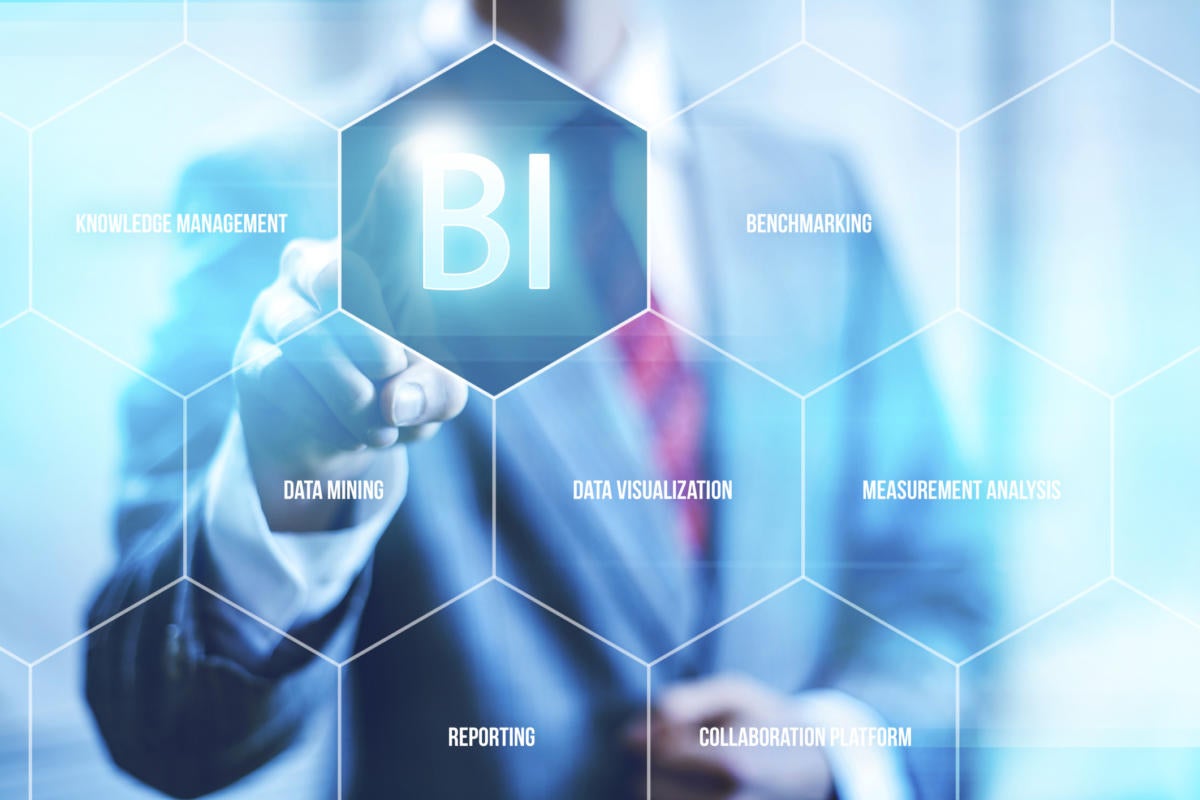
The following are some business intelligence and analytics trends that you should be aware of.
Gartner' report indicates that AI and machine learning now take on complex tasks done by human intelligence. This capability is being leveraged to come up with real-time data analysis and dashboard reporting.
BI software combined with collaboration tools, including social media, and other latest technologies enhance the working and sharing by teams for collaborative decision making.
Embedded BI allows the integration of BI software or some of its features into another business application for enhancing and extending it's reporting functionality.
BI applications will be soon offered in the cloud, and more businesses will be shifting to this technology. As per their predictions within a couple of years, the spending on cloud-based analytics will grow 4.5 times faster.
The Internet of Things (IoT) describes the network of physical objects “things” that are embedded with sensors, software, and other technologies for the purpose of connecting and exchanging data with other devices and systems over the internet. IoT makes virtually everything "smart," by improving aspects of our life with the power of data collection, AI algorithm, and networks.
The internet of things helps people live and work smarter, as well as gain complete control over their lives. In addition to offering smart devices to automate homes, IoT is essential to business. IoT provides businesses with a real-time look into how their systems really work, delivering insights into everything from the performance of machines to supply chain and logistics operations.
IoT enables companies to automate processes and reduce labor costs. It also cuts down on waste and improves service delivery, making it less expensive to manufacture and deliver goods, as well as offering transparency into customer transactions.
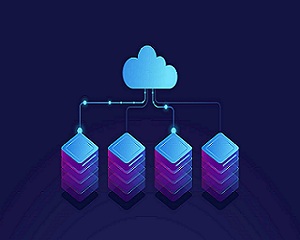
The increase in the availability of cloud platforms enables both businesses and consumers to access the infrastructure they need to scale up without actually having to manage it all.
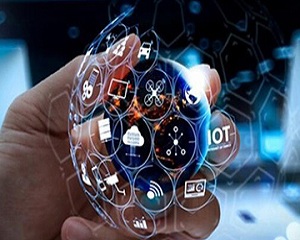
A host of network protocols for the internet has made it easy to connect sensors to the cloud and to other “things” for efficient data transfer.
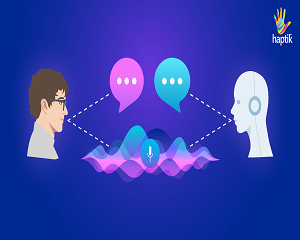
Advances in neural networks have brought natural-language processing to IoT devices and made them appealing, affordable, and viable for home use.
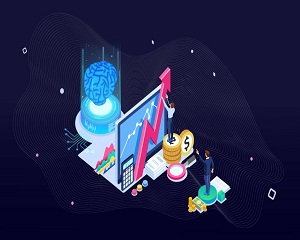
With advances in machine learning and analytics, along with access to varied and vast amounts of data stored in the cloud, businesses can gather insights faster and more easily.
The internet of things offers several benefits to organizations. Some benefits are industry-specific, and some are applicable across multiple industries. Some of the common benefits of IoT enable businesses to:
Monitor their overall business processes.
Improve the customer experience.
Save time and money.
Enhance employee productivity.
Integrate and adapt business models.
Make better business decisions.
Generate more revenue.
IoT is most abundant in manufacturing, transportation and utility organizations, making use of sensors and other IoT devices;
Industrial IOT refers to the application of IoT technology in industrial settings, especially with respect to instrumentation and control of sensors and devices that engage cloud technologies.
IIoT is sometimes called the fourth wave of the industrial revolution, or Industry 4.0. The following are some common uses for IIoT:

Data Science is the area of study which involves extracting insights from vast amounts of data by the use of various scientific methods, algorithms, and processes. It helps you to discover hidden patterns from the raw data. It involves developing methods of recording, storing, and analyzing data to effectively extract useful information. The goal of data science is to gain insights and knowledge from any type of data both structured and unstructured.
Data science is related to computer science, but is a separate field. Data science is more closely related to the mathematics field of Statistics, which includes the collection, organization, analysis, and presentation of data.
Data science enables you to translate a business problem into a research project and then translate it back into a practical solution.
The data that we had mostly structured and small in size, which could be analyzed by using simple BI tools.Unlike data in the traditional systems which was mostly structured, today most of the data is unstructured or semi-structured.Data like the customer’s past browsing history, purchase history, age etc. but now with the vast amount and variety of data you can train models more effectively.

The role of Data Science in decision making.Let’s takeself-driving cars as an example.The self-driving cars collect live data from sensors, including radars, cameras, and lasers to create a map of its surroundings.Data Science can be used in predictive analytics. Let’s take e.g. weather forecasting. Data from ships, aircraft, radars, satellites can be collected and analyzed to build models.
Discovery step involves acquiring data from all the identified internal & external sources which helps you to answer the business question.
Data can have lots of inconsistencies like missing value, blank columns, incorrect data format which needs to be cleaned. You need to process, explore, and condition data before modeling. The cleaner your data, the better are your predictions.
In this step, the actual model building process starts. Here, Data scientist distributes datasets for training and testing. Techniques like association, classification, and clustering are applied to the training data set.
In this stage, you need to determine the method and technique to draw the relation between input variables. Planning for a model is performed by using different statistical formulas and visualization tools.